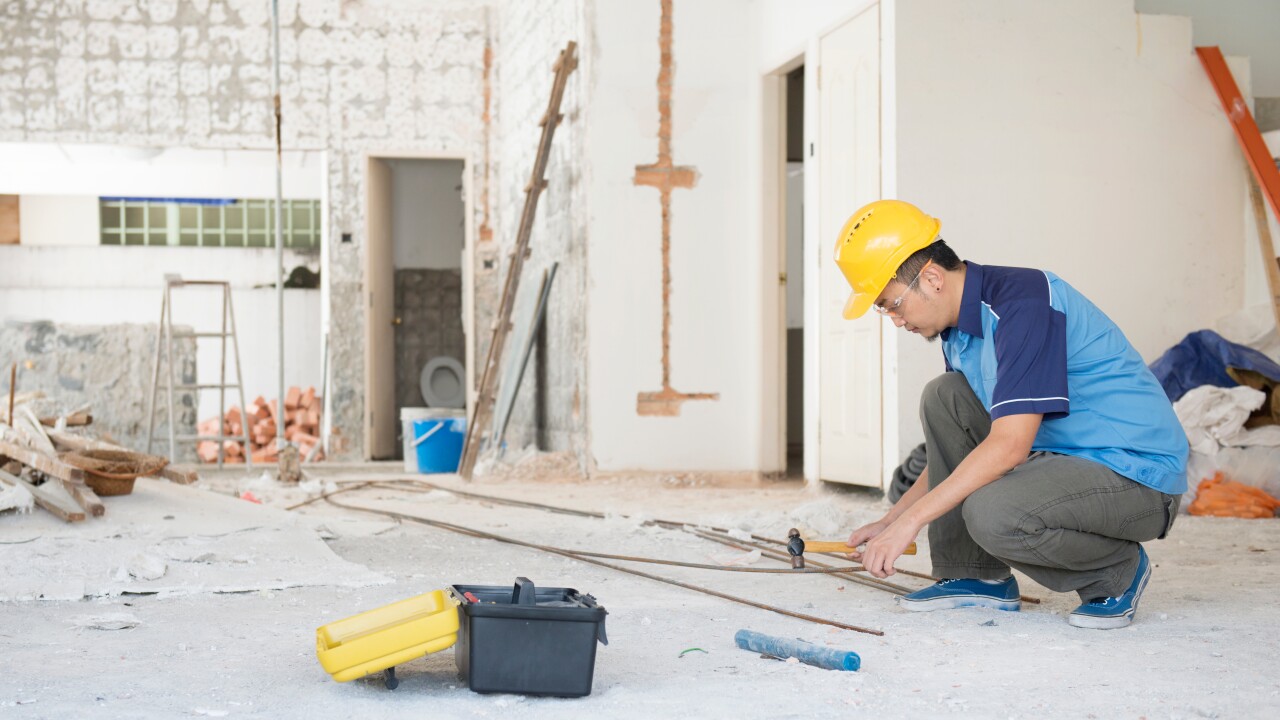Though multifamily housing starts are projected to slightly moderate this year and in 2019, production levels are expected to remain in a steady range considered normal, with low supply actually contributing to this stabilization, according to the National Association of Home Builders.
Low housing inventory helps support multifamily activity as less homes for sale indicates that renter households looking to own may have to rent for longer, according to NAHB Senior Economist Michael Neal.
The production of multifamily housing should run at a level where supply is meeting demand, at least for the measurable future.

Multifamily starts should drop 2% to 354,000 units from 2017's estimated 360,000, and decline another 3% to 344,000 units next year. This, however, does not signify weakness in the market segment.
"From 1995 through 2005, multifamily starts averaged 335,000. Construction activity during the past four years has been running above this trend, and we are seeing the market stabilizing near more normal production levels," said Neal at the NAHB's International Builders' Show, according to a press release.
The national rental vacancy rate did slightly edge up last year, but it still stands at its low mid-1990s level of 7.5%.
The demand for affordable rentals will increase as the number of households paying too much of their income in rent is growing, according to Steven Lawson, president of The Lawson Cos. in Virginia Beach, Va., whose firm builds affordable and market-rate housing.
"Demand is far outstripping supply and the supply side of the equation is constrained by low income housing tax credit pricing, rising construction costs and higher interest rates," said Lawson.
The new
"Rising labor and materials costs as well as falling prices and low income housing tax credits have changed the landscape so that
The new pro-growth tax law will, however, lower tax rates for most individuals in all income groups, which will put more money into the pockets of hard-working families, including renter households, according to the NAHB.





